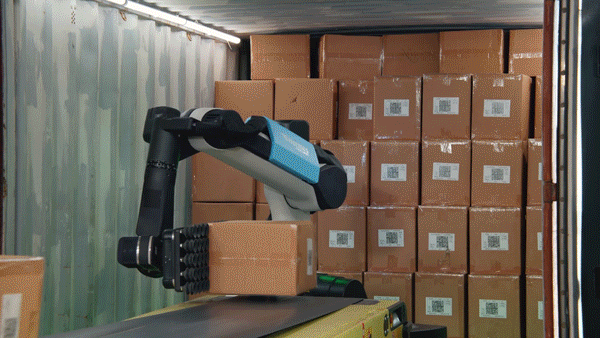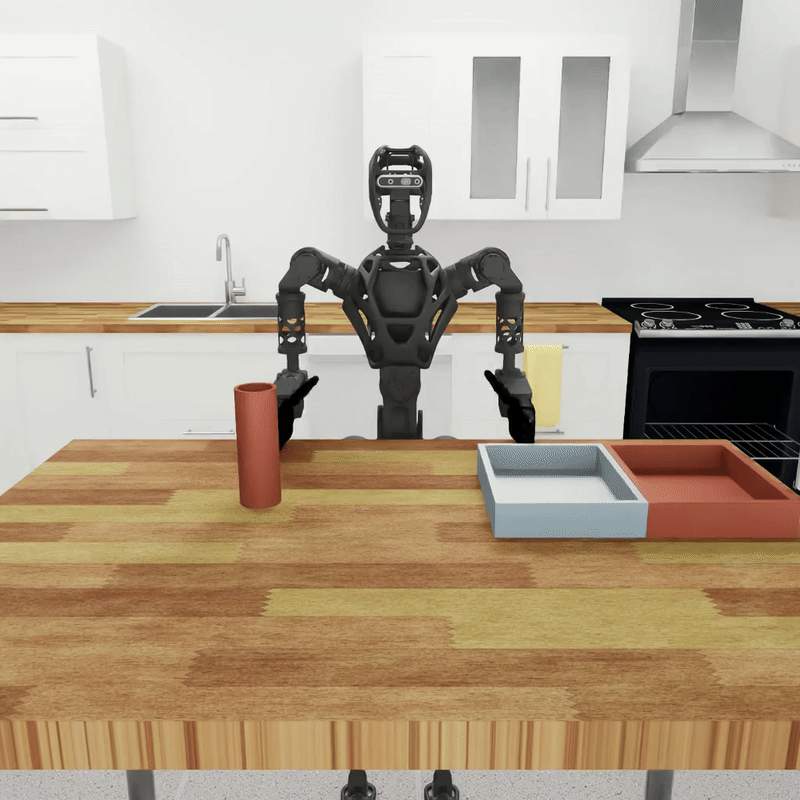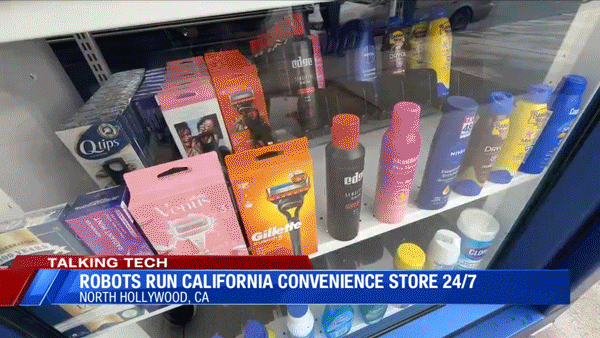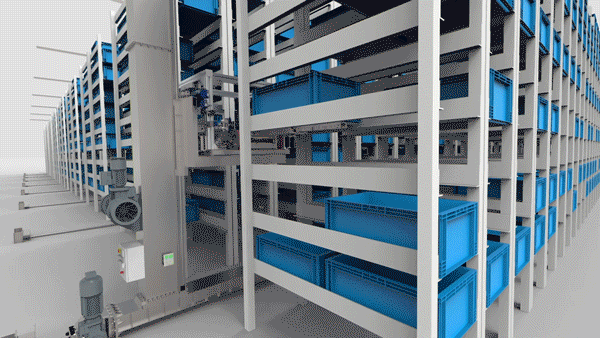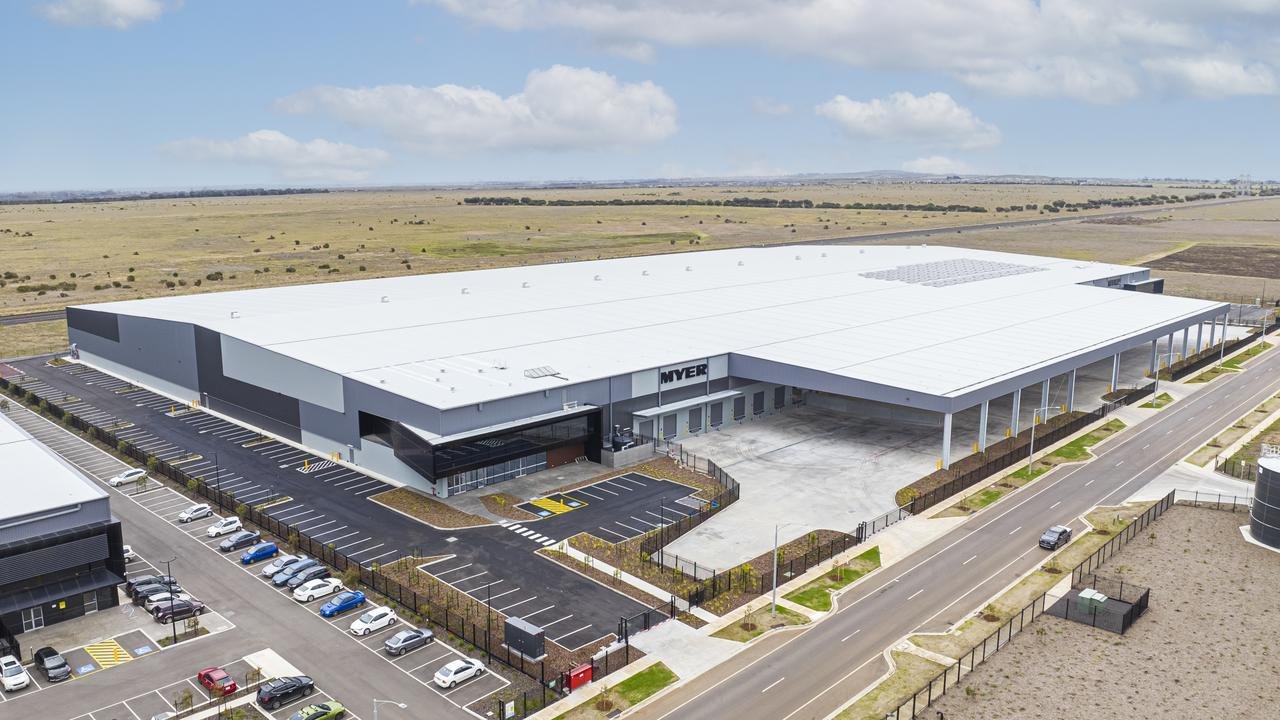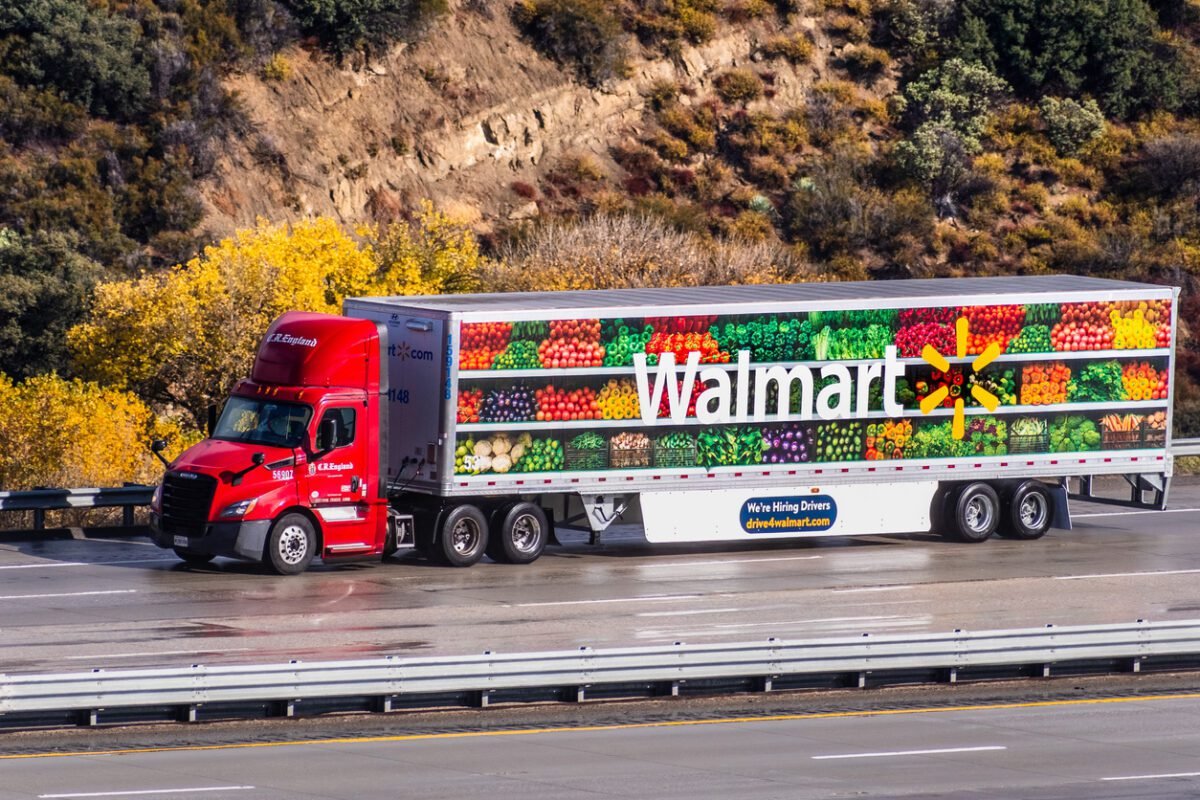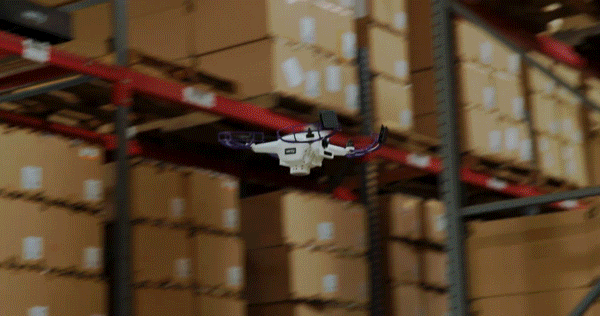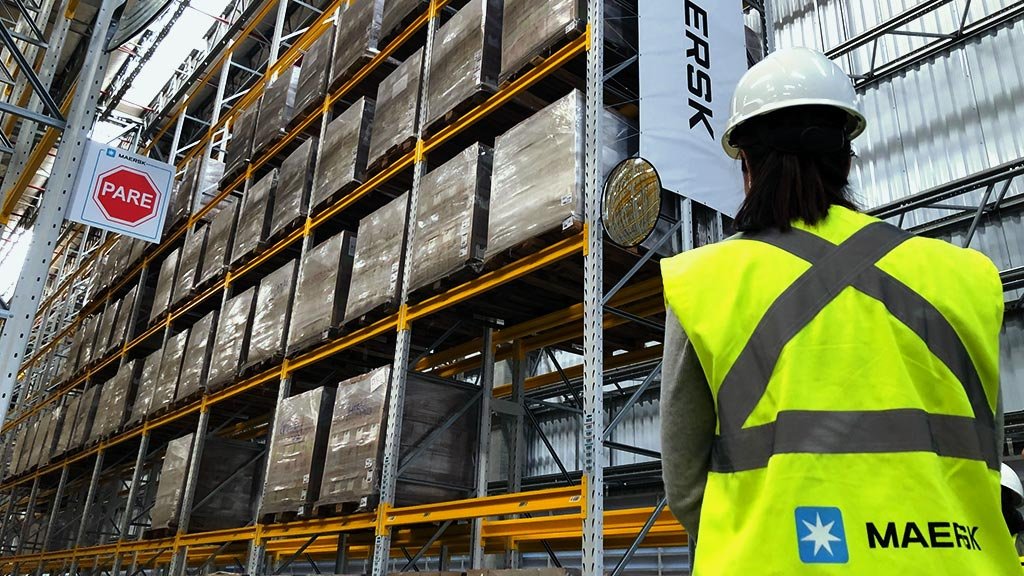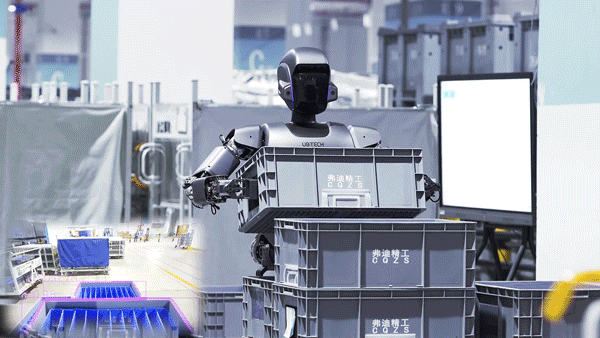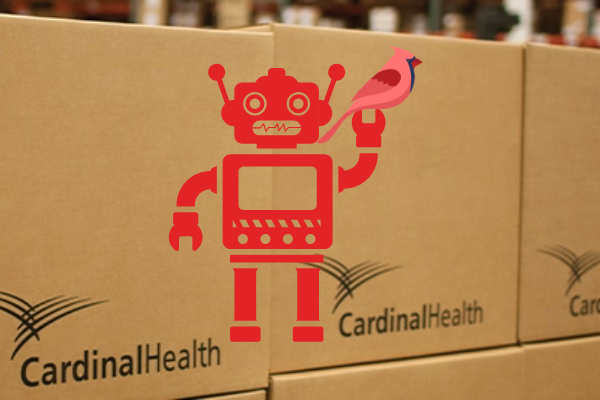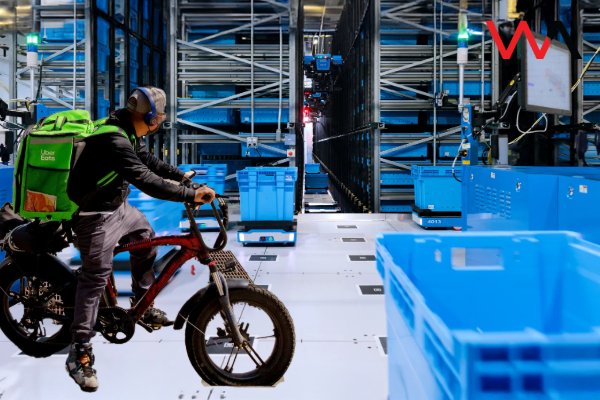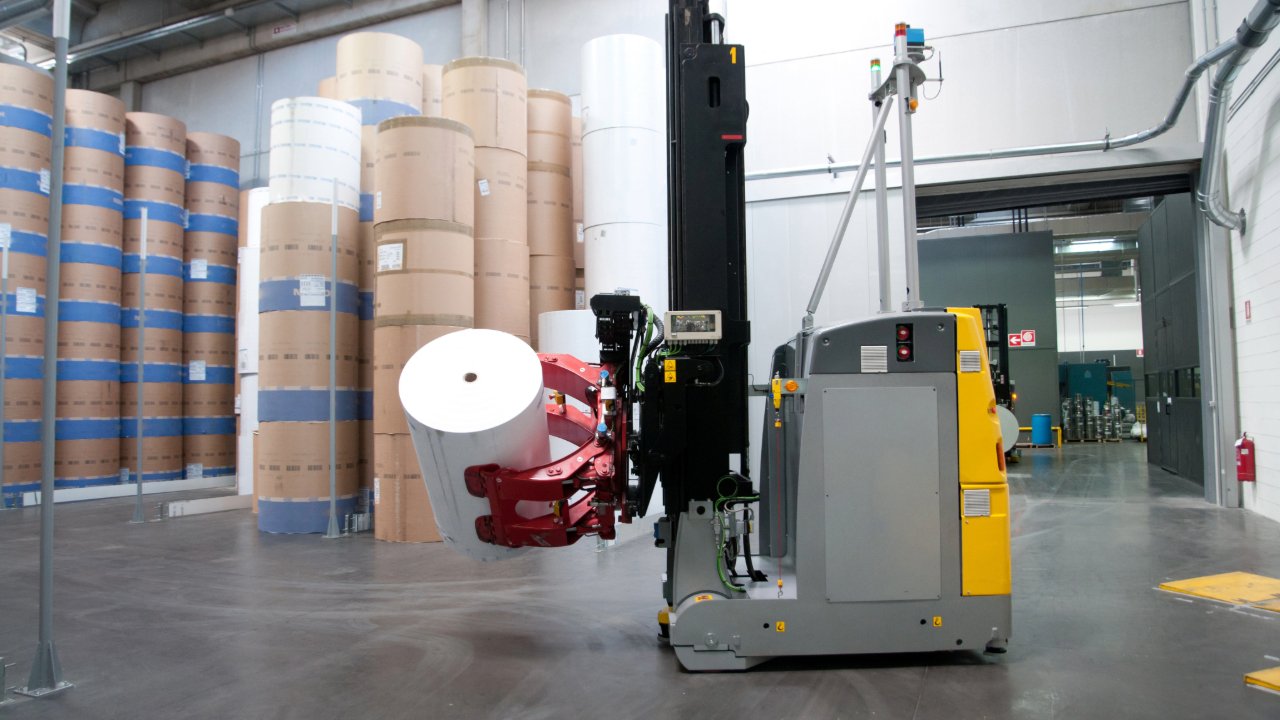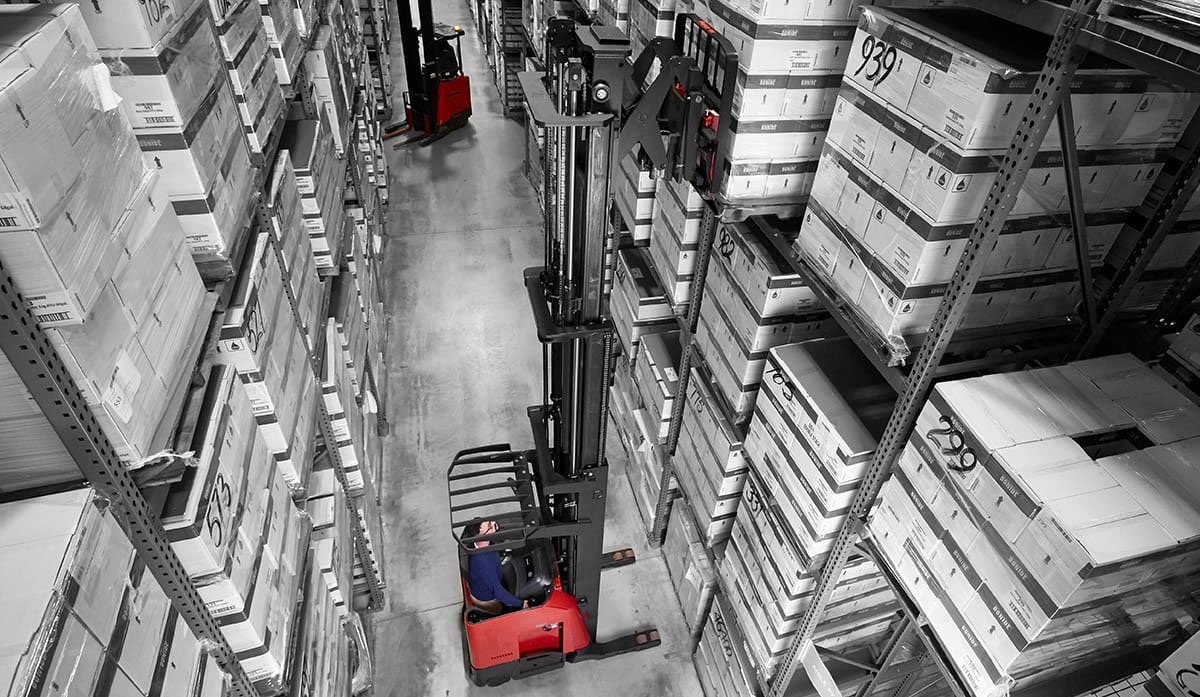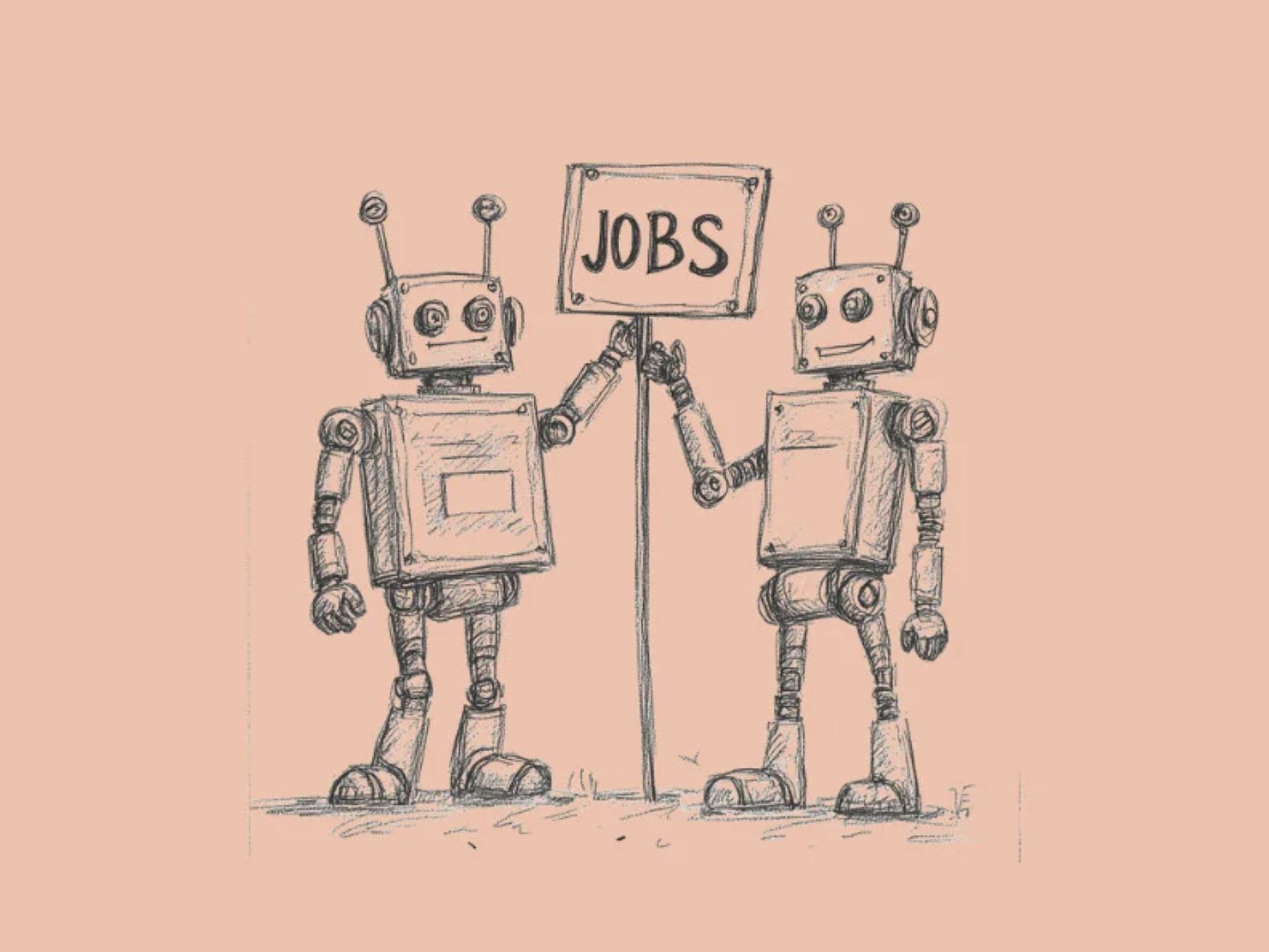AI robotics will take on human labor so humans can ‘engage their brains better,’ former Amazon exec says
Robots will replace human labor, to some extent and over time, but people shouldn’t be too worried, according to a long-time Amazon executive with a new AI supply chain start-up.
“Robotics will drive a ton in labor savings over time,” Dave Clark, the former CEO of Amazon’s consumer business and now founder of the AI supply-chain start-up auger, said Monday during Fortune’s Brainstorm AI conference in San Francisco. “Unfortunately, we’ve made productivity sort of a dirty word. But we keep finding better ways to engage people’s brains.”
“There’s too much hand wringing about it,” Clark added, alluding to expert warnings and concerns that future advances in AI technology may reduce or replace human labor to the benefit of corporations looking to save money on wages.
With two decades experience as a supply-chain executive, Clark admitted that companies are always looking to “extract maximum cost out of the system,” but the cost of labor is actually less impactful than things like transportation and a lack of forecasting.
Sanjay Radhakrishnan, the CTO of Sam’s Club, also spoke during the panel, and said the company’s application of robotic tools in stores have collectively eliminated 100 million tasks that were once done by store employees.
Both executives said that they get negative feedback from employees when new AI or robotic tools roll out. “When we give them tech that works, we hear about it immediately. When we give them tech that does not work, we hear about it very fast too. so they are very open with feedback,” said Sam’s Club’s Radhakrishnan.
The process is to “slowly bleed in” new technology at stores he said. Clark was more direct, saying, “No matter how phenomenal you are at rolling out, it’s always bad for a little bit.”
“Change is bad, even good change,” Clark said. “The hardest part is pushing through it to find out if it’s either fundamentally broken, or just learning pains, and being able to sort the difference.”



